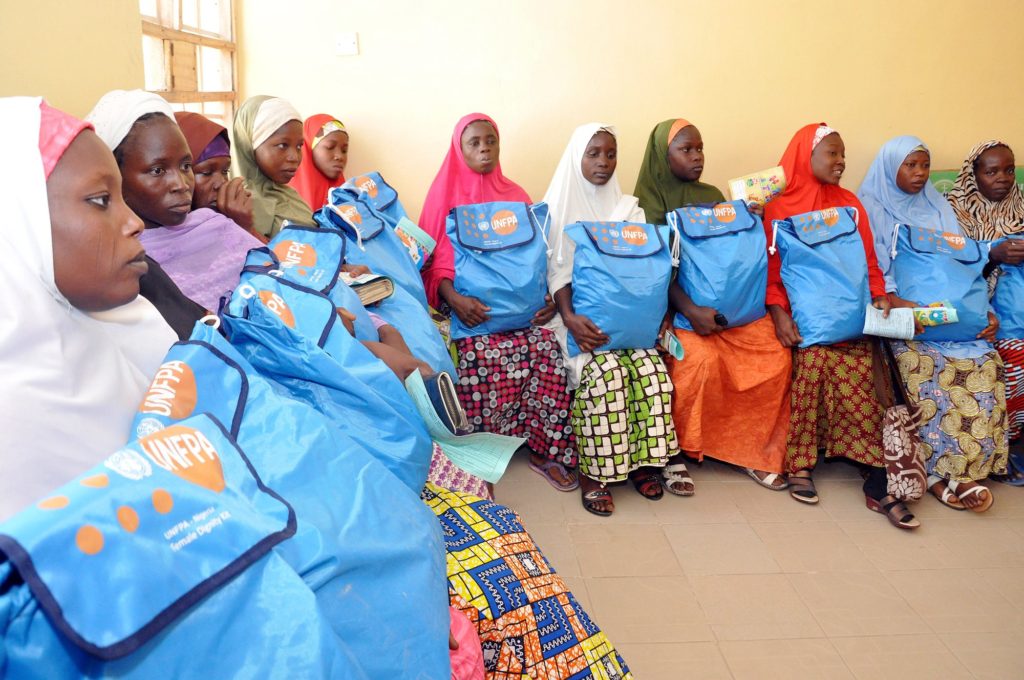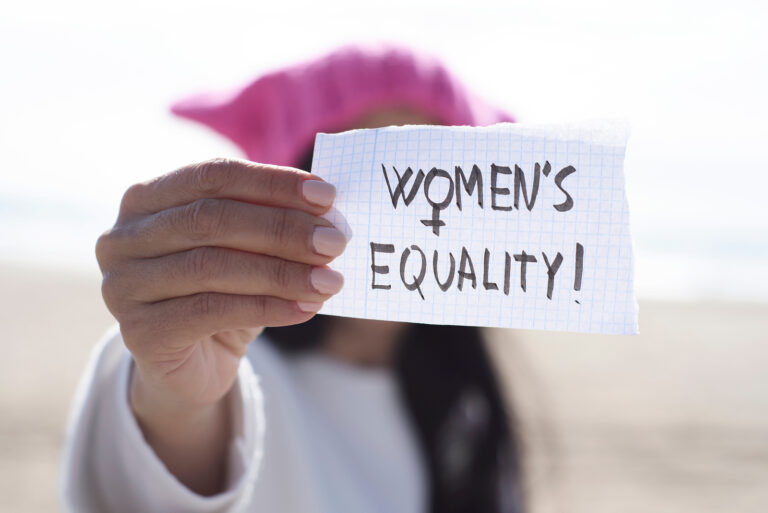
The elephant in the womb: unintended pregnancies
This year’s State of the World Population (SWP) report by the United Nations Population Fund (UNFPA) focuses on the worrying issue of unintended pregnancies. Still approximately half of all pregnancies today are unplanned and the number of affected women is increasing. Tackling this crisis is key to achieving a better future and should be an utmost priority.

Running to slide backwards?
Since 2019, the annual unintended pregnancy rate fell from 79 to 64 unintended pregnancies for every 1,000 women of child-bearing age (15 to 49 years) – in other words, roughly 6% of the world’s women experience an unintended pregnancy each year, down from 8% in 2019. However, the report points out that due to population growth, the absolute number of affected women has increased by as much as 13% between 1990 and now. This inconvenient truth also applies to the number of girls and women affected by other injustices, such as child marriage and unmet contraceptive needs, alongside many other development indicators, as shown in Population Matters’ 2019 report on population and the Sustainable Development Goals (SDGs).
The number of unintended pregnancies that occur every year — 121 million, or 331,000 per day on average — represents a global failure to uphold a basic human right. And that failure is expected to grow. While recent data also show that, worldwide, the unintended pregnancy rate fell between 1990 and 2019, continued global population growth means that the absolute number of unintended pregnancies will keep rising without decisive action.”
SWP 2022
Not all unintended pregnancies are unwanted, but more than 60% end in abortion, and almost half of these (45%) are unsafe due to lack of access to medically sound abortion services. In developing regions, unsafe abortion hospitalises 7 million women every year and around two out of 1,000 unsafe abortions result in the mother’s death.
A persistent problem
Almost half of women in developing regions still lack bodily autonomy, meaning they are often unable to turn down sex, and between 250 and 300 million women have an unmet need for modern contraception, largely due to socio-cultural barriers, including misinformation, insufficient sex education, and resistance from male partners, rather than lack of contraceptives. Unintended pregnancy is not just a problem in developing countries – for example, the rate in the United States is as high as the global average – almost half of all pregnancies.
The report reveals that gender inequality is the strongest of all predictors of unintended pregnancy, even after controlling for the role of the human development index. Countries with higher levels of gender inequality had higher rates of unintended pregnancy in 2015–2019 in both low- to middle-income countries and high-income countries. Unfortunately, a third of countries have made no progress or have slid backwards on women’s rights since 2015.
Young women are especially vulnerable
Teenage girls are particularly hard-hit by unwanted pregnancy as this robs them of their childhood and diminishes their future prospects. Pregnant girls are often forced to drop out of school and end up being chained to the home to care for their children. Across the developing world, nearly one in three young women aged 20 to 24 years gave birth when they were between 10 and 19 years old. Half of these adolescent mothers were younger than 17 and they commonly went on to experience additional births while still in childhood. In other words, 13% of all young women in developing countries begin childbearing while they are still children themselves. At the current rate of progress, it will take 160 years to end motherhood in childhood, according to the report.

Advancing gender equality helps with everything
Ramping up efforts to empower women and girls to take charge of their bodies and lives is critical to end these injustices. Unwanted pregnancy detrimentally impacts both mothers and their children, and as a result, all of society. Stamping out child marriage and gender-based violence is key, as are overturning harmful patriarchal norms and opening up opportunities for young women to pursue education and careers and to access quality reproductive health care. These actions will also help slow population growth, meaning fewer children will be born into the vicious cycle.
Another recent UN report by the Department of Economic and Social Affairs also highlighted the hindrance rapid population growth poses to human well-being:
Sustained rapid population growth adds to the challenges of achieving social and economic development and magnifies the scale of the investments and effort required to ensure that no one is left behind.”
It rightly states that “rapid population growth is both a cause and a consequence of slow progress in development; rapid population increase can exacerbate the challenge of ensuring that future development is both sustainable and inclusive.”
Slowing population growth through empowering means is also a key environmental measure. The latest IPCC report on climate change mitigation is clear about the root causes of the climate crisis:
Globally, GDP per capita and population growth remained the strongest drivers of CO2 emissions from fossil fuel combustion in the last decade.”
Alongside transforming our economies and ending overconsumption in wealthy nations, empowering people to choose their family size is a prerequisite to tackling our planetary crises. To achieve a brighter future, world leaders must invest in women’s rights.



